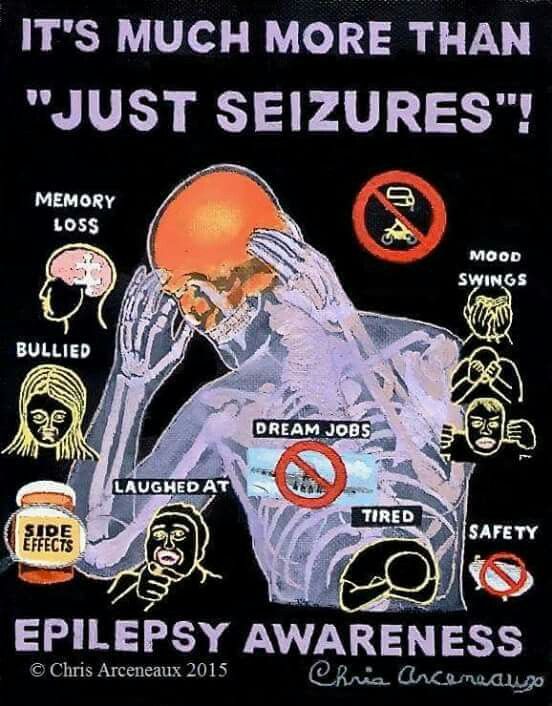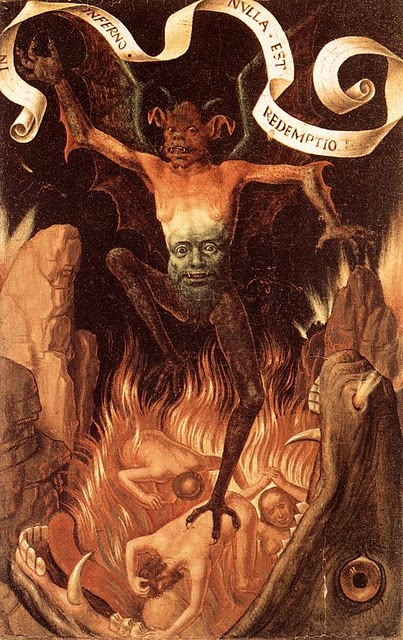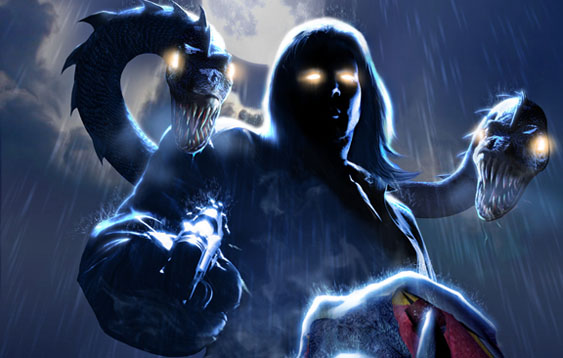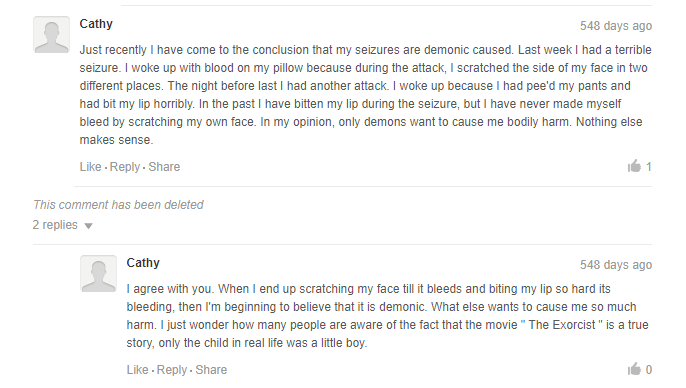The first line (obverse) of the text of Tablet 26 from the Babylonian ‘Medical Diagnostic Series’ reads, “If epilepsy falls once upon a person [or falls many times] it is the result of possession by a demon or departed spirit.” (British Museum, London-See Kinnier Wilson and Reynolds, 1990)
This is known as the “epilepsy tablet” numbered 26 in a series of 40 tablets which comprise an early Babylonian treatise known as Sa-gig (Sumerian) or Sakikku (Babylonian), which is said to mean “all diseases”

The Ancient Babylonians were the first people in history to study and document the various human neurological and psychiatric disorders, including epilepsy. They believed that epilepsy was the cause of a supernatural disorder due to an invasion of the body by evil demons or spirits or the anger of personal gods, which like in Catholicism, required the intervention of the priest or ašipu.
The descriptions they left behind are very similar to our more modern clinical descriptions, minus the demons and spirits. The Babylonian medical text includes many of the classical symptoms of epilepsy such as paranoid delusions, hallucinations, mood and sleep disorders, as well as religiosity and hyposexuality.
Several different words for epilepsy are found in the medical texts, including bennu, miqit šamê (Sum. AN.TA.ŠUB.BA), and miqtu, as well as the Hands of several supernatural entities. They also describe the core symptoms by the words miqtu “fall”, ḫayyatu “fit”, and ṣibtu “seizure”.
Please keep in mind that the Babylonians were well aware of the multiple attacks that haunt epilepsy sufferers could be the attack of solitary or multiple demons who had seized upon the victim. They used priests to heal the victims and apparently knew the exact timing to intervene in order to drive the demon out of the person.
The following account of a unilateral focal motor seizure, which today we call ‘Jacksonian’, illustrates how a demon can be driven out only if the person is “consciously aware” and if “they are not so aware, the demon cannot be driven out.”
“If at the time of his possession, while he is sitting down, his (left) eye moves to the side, a lip puckers, saliva flows from his mouth, and his hand, leg and trunk on the left side jerk (or twitch) like a newly-slaughtered sheep it is miqtu. If at the time of the possession he is consciously aware, the demon can be driven out; if at the time of the possession he is not so aware, the demon cannot be driven out.” (BM 47753, reverse, lines 1–3).
The Babylonians had detailed the psychoses of epilepsy which we find from texts belonging to the British Museum and the Berlin National Museum (Reynolds and Kinnier Wilson, 2008).
‘If a man has been suffering from seizures, absence attacks, nocturnal epilepsy or automatisms, and an (or, possibly, the) evil demon then begins to inflict him with (ideas of) persecution so that he says—although no one will agree with him that it is so—that the finger of condemnation is being pointed at him behind his back and that god or goddess are angry with him; if he sees horrible, alarming, or immoral “visions” and is (consequently) in a constant state of fear; if he engages in periodic outbursts of anger against god or goddess, is obsessed with delusions of his own mind, evolves his own religion, and says—although (again) they will not allow it—that his family are hostile towards him and that god, king, his superiors and (city) elders treat him unjustly … and he has no desire for female relationships …’.
They were also aware of the serious potential consequence of epilepsy resulting in death:
‘If an epilepsy demon falls many times upon him and on a given day he seven times pursues and possesses him, his life will be spared. If he should fall upon him eight times his life may not be spared’ (BM 47753, obverse, line 6).

Moe is the founder of GnosticWarrior.com. He is a father, husband, author, martial arts black belt, and an expert in Gnosticism, the occult, and esotericism.








